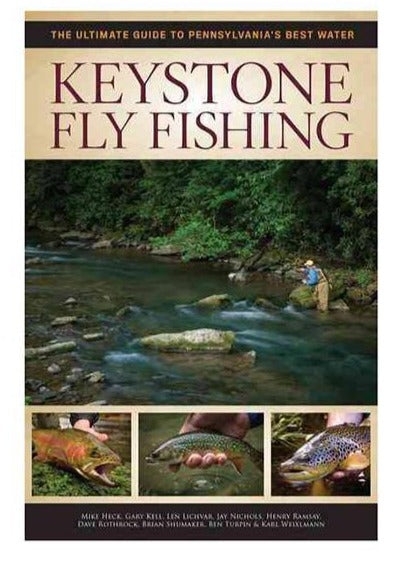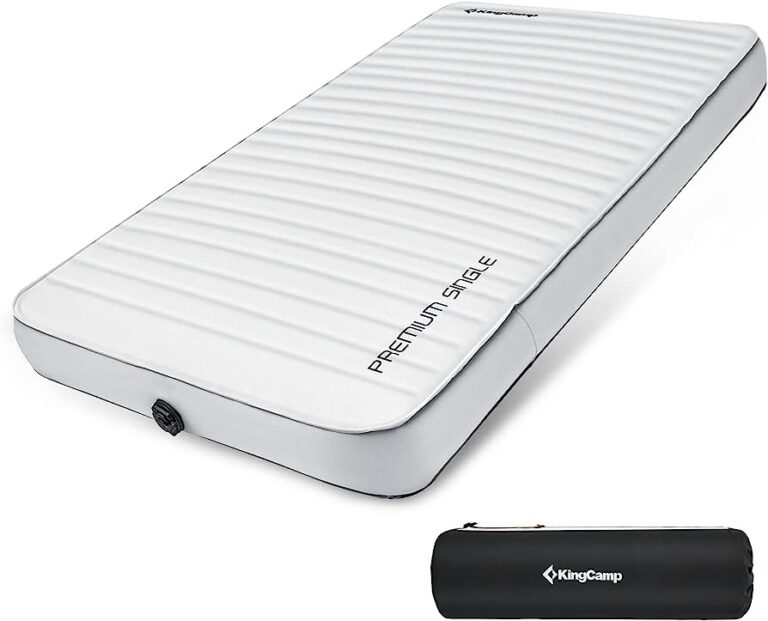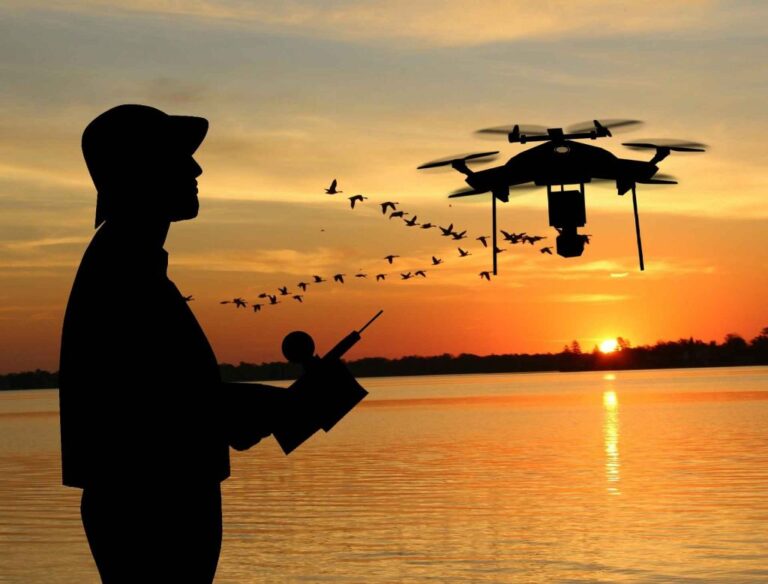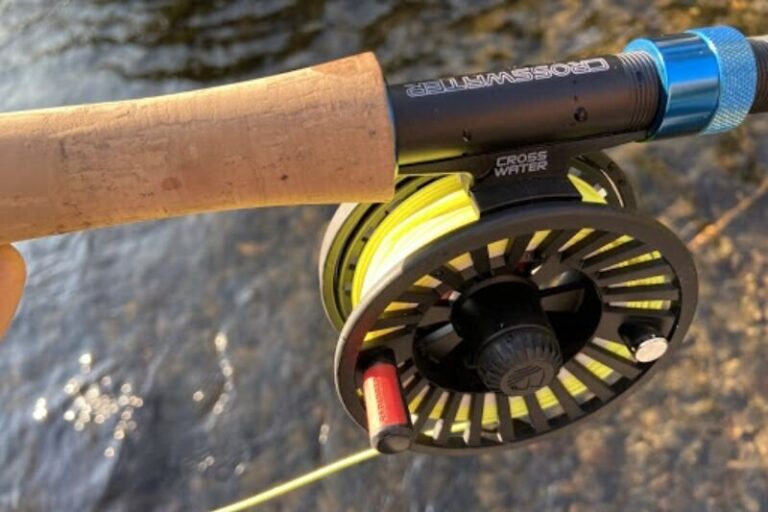To present dry flies in fly fishing, techniques like the reach cast and stack mend are commonly used. These techniques help to prevent drag on the dry fly, making it look more natural to fish and increasing the chances of a bite.
Fly fishing is a fascinating hobby that requires precision and skill. The art of presenting dry flies is one of the most essential techniques in fly fishing. A dry fly is designed to float on the surface of the water, mimicking an insect or small animal that fish like to feed on.
However, if the dry fly moves in an unnatural manner due to the current, it can turn off fish from biting. Therefore, fly fishers have developed various techniques to present dry flies in a way that appears natural and enticing to fish. This article will explore some of the most common techniques used to present dry flies and help you increase your chances of a successful catch.

Credit: www.postindependent.com
Understanding Dry Fly Fishing Essentials
Dry fly fishing is one of the most exciting techniques in fly fishing that offers anglers a unique experience. It involves using dry flies that float on the surface of the water to imitate insects that are naturally eaten by fish.
Successful dry fly fishing requires an understanding of several essential techniques that we will discuss in this blog post.
Introduction To Dry Fly Fishing – What It Is And Why It Is An Effective Fishing Technique
Dry fly fishing is a technique where an angler casts a fly that sits or floats on the surface of the water. The fly used in this technique imitates insects or other small creatures that fish feed on while they are on the surface.
Dry fly fishing offers anglers an opportunity to see the fish taking the fly and it requires a high level of skill, patience, and precision. It is a highly effective technique in slow-moving water or for stillwater fly fishing.
Choosing The Right Dry Flies – Understanding Hatches, Matching The Hatch, And Selecting Suitable Patterns
Choosing the right dry fly is one of the most crucial aspects of dry fly fishing. To be successful in this technique, it is essential to understand the hatch and match the insects that are naturally found in the water.
Here are some key points to remember when selecting dry flies:
- Identify the predominant insect hatches in the water body you are fishing
- Select a fly pattern that imitates the insects with precision
- Make sure the size, color, and shape of the fly match the natural insect
- Try different patterns until you find one that works best for you
Tackle And Gear For Dry Fly – Selecting The Right Rod Length, Weight, And Action, Fly Line Selection, Leaders, And Tippets
Having the right tackle and gear is essential for successful dry fly fishing. Here are some key points to remember when selecting your gear:
- Choose the right rod length, weight, and action, depending on the size of the waterbody and the size of the flies you are using
- Select the right fly line, such as a weight forward, double taper, or floating line
- Choose an appropriate leader and tippet based on the water conditions and the size of the flies you are using
- Make sure all your gear is in good working order before you start fishing
Casting Techniques For Dry Fly Fishing – Tips For Accuracy, Distance, And Presentation
Casting is one of the most important aspects of dry fly fishing, and it requires a high level of skill and precision. Here are some key points to remember when casting:
- Practice your casting skills both on and off the water
- Aim for accuracy, distance, and a gentle presentation of the fly
- Use a sidearm or roll cast to avoid spooking fish
- Make sure your fly line is properly mended to achieve a drag-free drift
Reading The Water – Identifying Feeding Zones And Spotting Rising Trout In Different Water Conditions
Reading the water is a crucial skill in dry fly fishing. Here are some key points to remember when reading the water:
- Look for feeding zones, such as riffles and runs, where fish are likely to be feeding
- Pay attention to the size and frequency of rising fish to help identify what insects they are feeding on
- Watch for clues such as concentric rings, splashes, or tails to pinpoint the location of rising fish
- Observe the water conditions, such as wind, sun angle, and light, to help you decide on the appropriate fly pattern and presentation
Techniques For Setting The Hook – Timing And Setting Angles For Effective Hookups
Setting the hook on a dry fly can be tricky, and it requires the right timing and angle. Here are some key points to remember when setting the hook:
- Wait for the fish to turn towards the fly before setting the hook
- Make sure the hook is set quickly, but not too hard, to avoid breaking off the fish
- Set the hook at a 45-degree angle to ensure it penetrates the fish’s mouth
- Keep the rod tip high to avoid slack in the line and maintain tension while fighting the fish
Dry fly fishing requires patience, practice, and precision, but it is one of the most rewarding techniques in fly fishing. By understanding the essentials of dry fly fishing and following these tips, you can improve your success and satisfaction on the water.
Advanced Dry Fly Tactics For Presentation Perfection
Perfecting Your Drift – Mending Techniques, Reach Casting, And Casting Angles
To improve your dry fly presentation, you must first master your drift technique. Here are some ways to do just that:
- Mending techniques: Use mending to adjust your fly’s speed and prevent drag, which can hinder its natural drifting motion. Do a reach mend to move line upstream and create a longer drift, a stack mend for a gradual rise, or a water haul to quickly lift dry flies and avoid drag.
- Reach casting: Reach casting involves flicking the fly to the side so that the line lands upstream of it, making it possible to present the fly with a longer drift.
- Casting angles: Practicing your casting angles is crucial since drier presentation relies on the tightness of your loop. Experiment with different angles and adjust them to the conditions you’re fishing in.
Applying Drag-Free Drifts – Identifying And Correcting Common Drift Mistakes
Getting a drag-free drift is crucial in presenting your dry fly. Here are some common drift mistakes and ways to fix them:
- Too much line: A common mistake is casting too much line, which can hinder your control of the drift. Cast a shorter line and keep the slack on the water’s surface for optimal control.
- Too much movement: Excess movement caused by rough casting, too fast line stacking, or not mending properly can affect your presentation. Focus on improving your movements to achieve a drag-free drift.
- Position of your rod: Keep your rod parallel to the water’s surface to prevent too much slack and avoid affecting the fly’s movement.
Styling Your Flies – Techniques For Profile Control, Tying Effective And Durable Dry Flies, And Making Your Flies More Appealing
Styling your flies can help you present them better. Here are some techniques to consider:
- Profile control: Profile control means adjusting the shape of your fly to resemble natural insects on the water’s surface. Use hackles or wings to achieve the desired profile to entice those trout to bite.
- Tying effective and durable dry flies: When tying dry flies, utilize durable materials such as synthetic fibers or foam to help them float and last longer.
- Making your flies more appealing: Experiment with different colors, sizes, and patterns to improve your presentation’s efficiency. This means trying out darker colors in higher water temperatures, light-colored flies in clear waters or at high elevations, and smaller flies in slower-moving waters.
Adding Movement To Your Flies – Techniques For Adding Life And Attractiveness To Dry Flies
Adding movement to your dry flies can make them more lifelike and help attract fish. Here are some ways to add lifelike movement:
- Dry fly skating: Skating your dry flies involves casting them slightly downstream and allowing them to skate on top of the water’s surface, mimicking natural insects.
- Pulsing your fly: Use a slight pulsing and twitching motion during the presentation of your dry fly to simulate the movement of insects.
- Greasing the leader: Greasing the leader allows you to lift and drop the fly, giving it more lifelike movement in the water.
Multi-Fly Setups – Tips For Combining Your Dry Flies With A Dropper, Nymph, Or Emerger Flies
Using multi-fly setups can increase your chances of hooking fish. Here are some tips for combining dry flies and nymphs:
- Use the dry fly as an indicator: Since dry flies float on top of the water, use them to help spot the nymph as it drifts below the surface.
- Put the heavier fly on the bottom: Placing the heavier fly, such as a nymph or emerger, on the bottom allows for a more natural presentation as it mimics the natural movement of aquatic insects.
- Matching the size and color: When pairing dry and nymph flies, match the size and color of both to increase your chances of success.
Sight Fishing Techniques – Strategies For Effective Targeting And Fishing For Rising Trout
Sight fishing involves targeting and catching rising trout, which requires a different approach. Here are some strategies to keep in mind:
- Observe before you cast: Take the time to spot rising trout and observe their behavior and feeding patterns before making your cast.
- Be stealthy: Move slowly, cast accurately, and stay low to avoid being spotted by the fish.
- Use a light tippet: Sight-fishing requires strong, light tippets that can trick the fish and remain invisible.
Fishing In Different Water Conditions – Strategies For Dealing With High And Low Waters, Swift Winds, And Different Water Temperatures
Different water conditions require different fishing approaches. Here are some strategies to keep in mind for successful fly fishing in different water conditions:
- High and low water: In high water, use big and dark flies to help them stand out, while in low water, use smaller and lighter-colored flies.
- Swift winds: When fishing in strong wind, cast at an angle to allow for the wind’s effect on the water’s surface and reduce the fly’s drag.
- Different water temperatures: In warmer water temperatures, try using smaller flies with dull colors to avoid spooking fish. In cooler temperatures, use darker and larger flies to stand out in the water.
Conclusion
After reading this article, you should have a good understanding of some proven techniques for presenting dry flies effectively in fly fishing. Remember, it is important to take a patient and methodical approach, paying attention to factors such as wind, current, and the behavior of the fish.
Whether you are a seasoned pro or a beginner, by applying these techniques and experimenting with different variations, you can greatly enhance your chances of success on the water. It is worth emphasizing that each angler has their own unique approach, so don’t be afraid to experiment and find what works best for you.
By combining your own intuition with the tips outlined here, you can elevate your fly fishing to the next level and enjoy many rewarding experiences on the water. Happy fishing!






